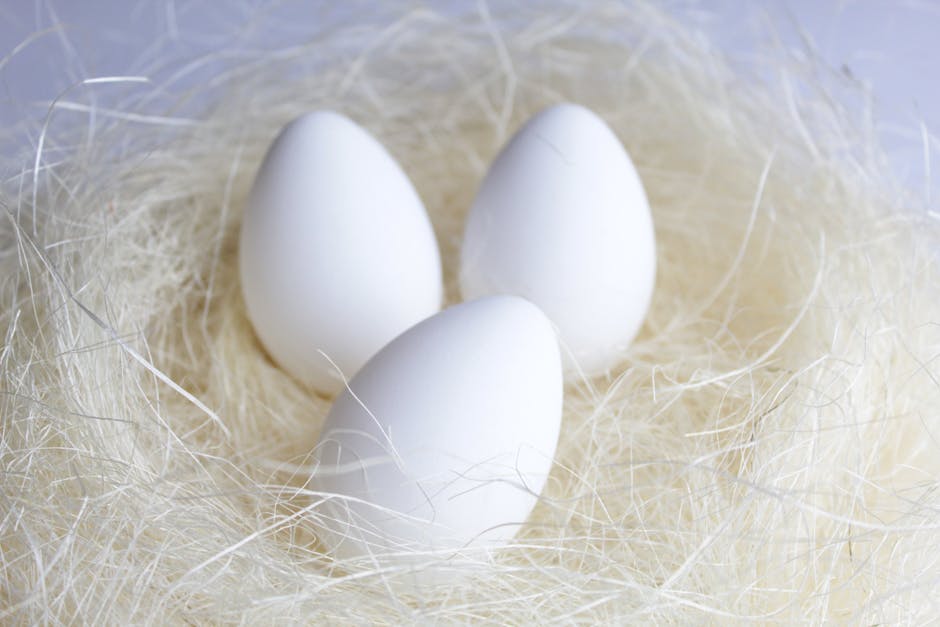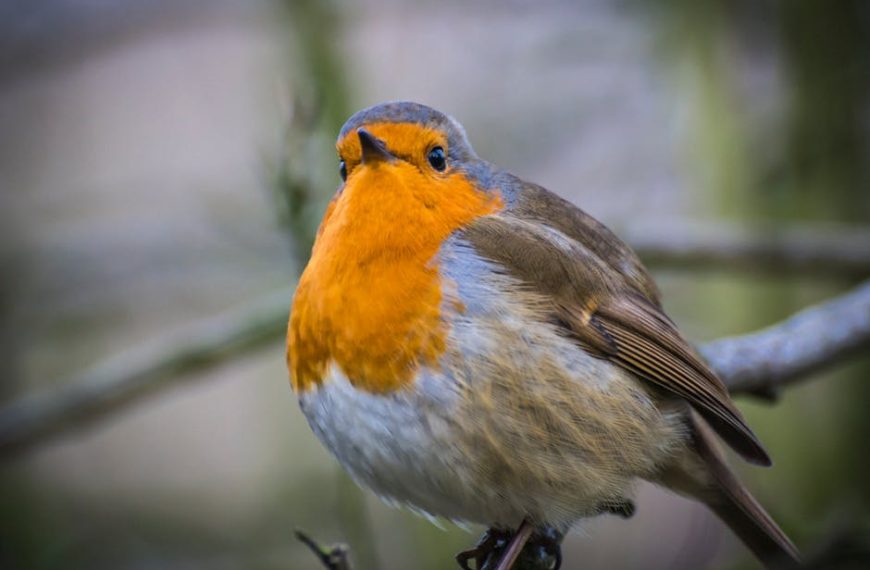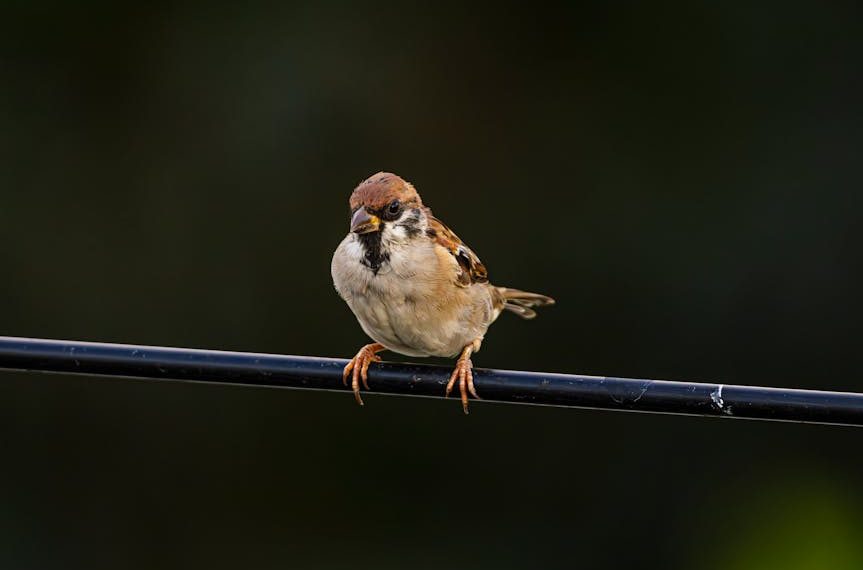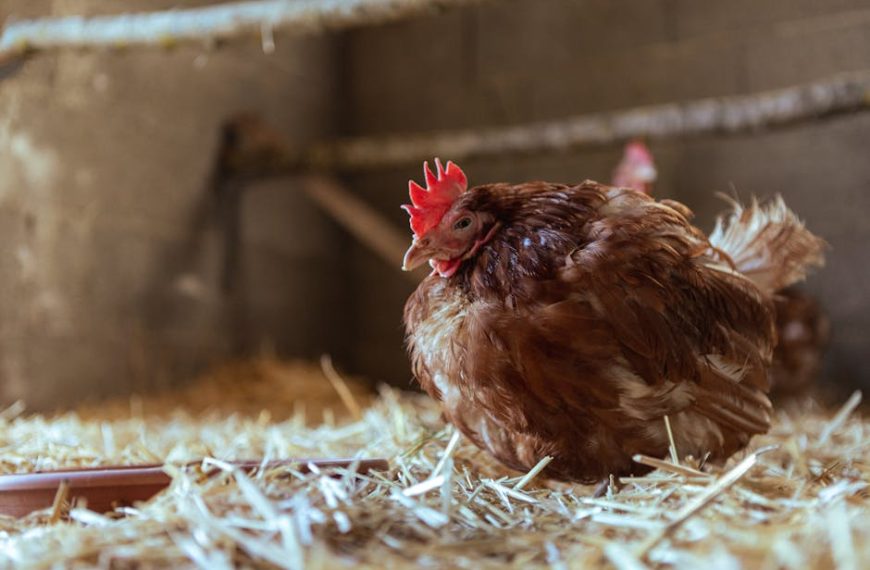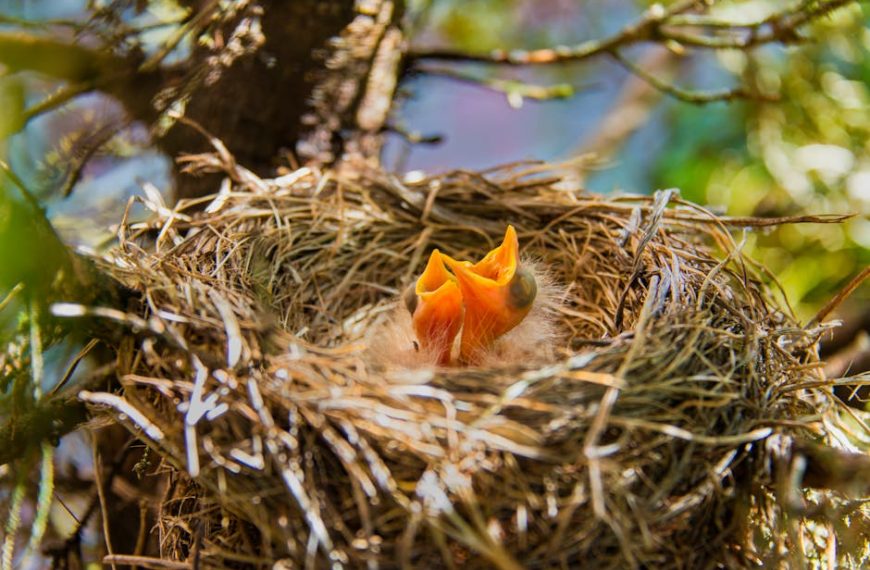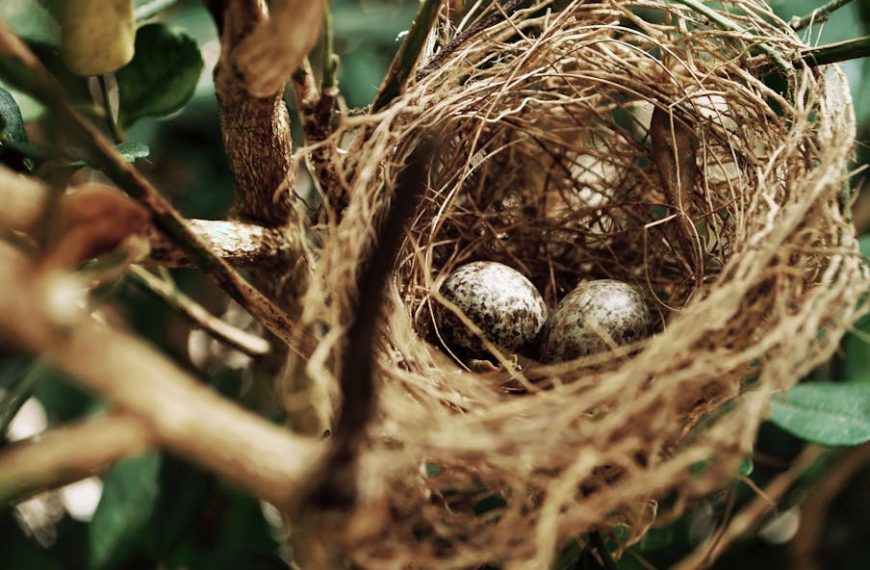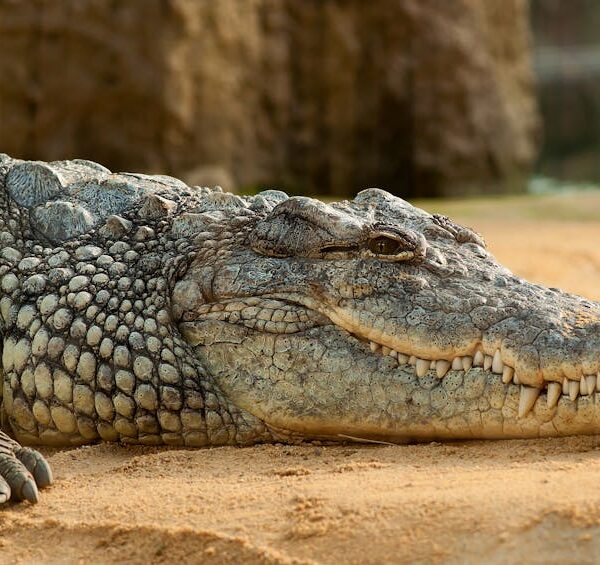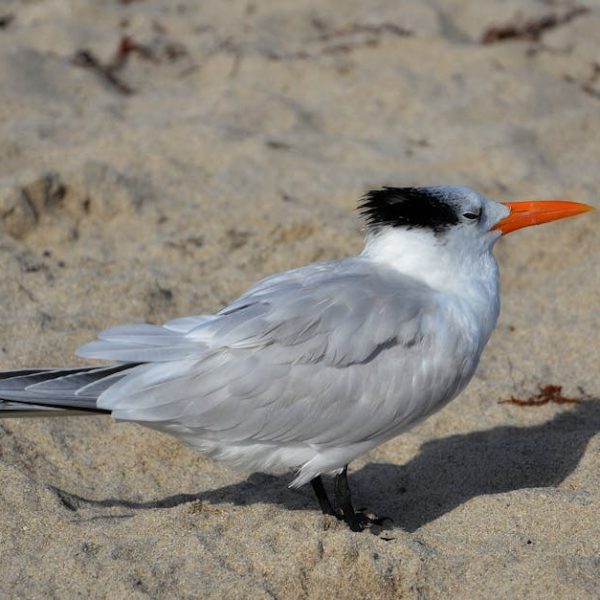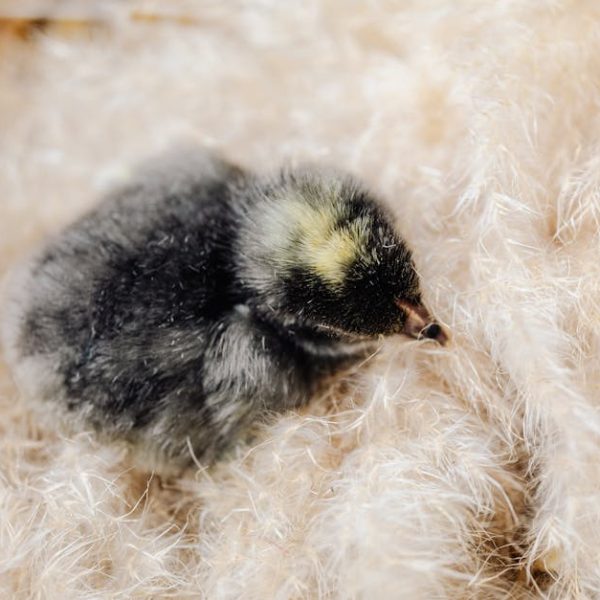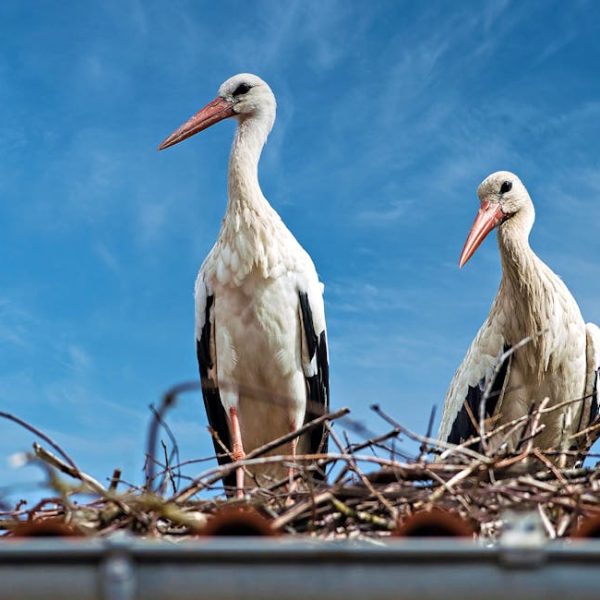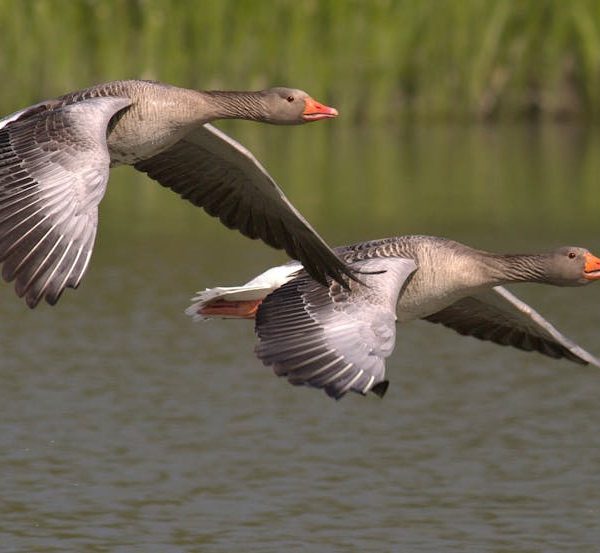When you think of bird eggs, the first color that pops into mind might be the white ones commonly associated with chicken eggs. However, nature plays an artist’s role in the bird kingdom by crafting an assortment of egg colors, from the basic white to full spectrum of red, brown, blue, green, and even spots and stripes in the mix. Among these, light blue eggs hold a particular fascination both for bird-watchers and biologists. However, the birds with beautiful blue eggs are not just for us to admire and study, they serve a specific purpose for the species themselves.
Understanding Bird Egg Colors
Birds’ eggs come in a delightful array of colors, and idealizing them as Mother Nature’s little works of art isn’t a stretch. Colors, though, serve a greater purpose than just aesthetic appeal.
For instance, the light blue hue is not merely a random occurrence. It arises due to a specific pigment called biliverdin, deposited on the eggshell during the laying process. Some believe that birds lay blue eggs as a form of camouflage. The shade might match their surrounding and hide their eggs from predators. Others suppose that the color acts as a status symbol, signifying the health and vitality of the mother bird to potential mates.
Identifying the color of bird eggs might not always be simple for the untrained eye. Here is a quick Checklist for identifying the color of bird eggs:
– Recognize the brightness of the color. Is it vivid or pale?
– Check the consistency of the hue? Is it uniform or is there variation?
– Look for any patterns or marks on the egg. Does it have speckles or spots?
Important Bird Species that Lay Light Blue Eggs
Several bird species are known for laying light blue eggs. Understanding their distinctive characteristics helps not only in identifying these species but also in appreciating their fascinating behaviors and habitats. The American Robin, known for its beautiful red chest and dark back, lays stunning light blue eggs. Starlings, native to Europe and Asia, produce light blue or white eggs. The Eastern Bluebird, a small and social bird found in open woodlands and farmlands across Eastern North America, adorns its nest with light blue eggs.
To spot these bird species, keep in mind these Pro Tips:
– Study their physical characteristics including size, coloration, and shape.
– Observe their behaviors, such as nesting habits and feeding patterns.
– Familiarize yourself with their preferred habitats – some might love forests while others might favor city parks.
Role of Environment and Genetics in Egg Color
The color of a bird’s egg is determined by a combination of genetic factors and environmental influences. Specific dietary components, ambient temperature, and daylight hours can potentially influence egg color. For example, biliverdin, the pigment responsible for the blue color in eggs, is a by-product of the metabolic process and is influenced by the bird’s diet.
From an evolutionary standpoint, the light blue egg coloration has its pros and cons:
– Pros: Offers a camouflage effect, providing protection from predators, and ensuring survival of the species.
– Cons: Yields susceptibility to environmental factors like temperature variations, carrying a risk of premature detection.
Impact of Human Interaction on Bird Species with Light Blue Eggs
Human activities have profound impacts on bird species, especially those accustomed to specific habitats and egg-laying patterns. Urban development and mass deforestation not only disrupt nesting sites but also the delicate balance of their primary food sources. Though some species, like the resilient city-dwelling pigeons, can thrive, other vulnerable bird species that lay light blue eggs bear the brunt of our interference.
Climate change, a catastrophic offshoot of anthropogenic activities, aggravates the problems. Rising global temperatures can potentially disrupt the egg-laying cycles of the birds, leading to misalignment between the birth of hatchlings and the availability of their food sources.
Here are some Best Practices for humans to minimize their impact on these bird species:
– Respect bird habitats – refrain from unnecessary disturbances and avoid encroaching their spaces during sensitive periods like nesting season.
– Speak against capturing exotic birds as pets – such actions not only unsettle the wildlife balance but also carry the risk of spreading zoonotic diseases.
– Advocate for bird conservation initiatives – spreading awareness about the importance of such species and the threats they face can lead to better protection policies.
Conservation Efforts for Bird Species with Light Blue Eggs
With the sobering awareness of anthropogenic threats to bird species comes a stronger resolve for their conservation. Global organizations like BirdLife International, the American Bird Conservancy, and local initiatives aim to protect these bird species and their habitats. These groups also operate robust rehabilitation programs for injured or displaced birds and reintroduce them to the wild.
As common citizens, we can also contribute to bird conservation efforts by participating in citizen science projects like bird counts, nest box programs, or simply by maintaining bird-friendly environments in our backyards.
Here are some Major Global Initiatives related to the conservation of bird species with light blue eggs:
– BirdLife International’s ‘Preventing Extinctions’ program
– The Audubon Society’s ‘Birds and Climate Change’ Report
– The Royal Society for the Protection of Birds (RSPB)’s ‘Big Garden Birdwatch’
In conclusion, the diverse species of birds that lay light blue eggs are part of the rich tapestry that is our ecosystem. Their survival isn’t just necessary for the environment, but it also lends us a peek into the adaptability and resilience among species. With a little effort, we can ensure a world where these charming blue eggs continue to be spotted among the greens and browns of nesting sites.
Key Takeaway:
- Various bird species are known for laying light blue eggs, including the American Robin, Starlings, and Eastern Bluebirds. They highlight the rich diversity of the bird kingdom.
- The light blue color of eggs arises due to a pigment called biliverdin. Factors including genetics, diet, heat, and light influence the shade.
- Human activities such as urbanization, deforestation, and climate change directly impact the survival and habitats of these bird species.
- Conservation initiatives are in place globally and locally to safeguard these bird species.
Bird species that lay light blue eggs are a marvel of Mother Nature. Through our understanding and respectful co-existence, we can appreciate this unique characteristic and ensure its survival. Let’s work together, practicing and promoting responsible behaviors that preserve these species and their habitats for our future generations.
FAQs
Q: What is the pigment responsible for the light blue color in bird eggs?
A: The pigment responsible for the light blue color in bird eggs is called biliverdin.
Q: Is climate change a threat to bird species that lay light blue eggs?
A: Yes, climate change poses significant threats to these bird species by disrupting their egg-laying cycles and the sensitive balance of their food sources.
Q: How can we protect bird species that lay light blue eggs?
A: You can support conservation efforts, respect bird habitats, speak against capturing exotic birds as pets, and maintain bird-friendly environments in our surroundings.
Q: What kind of human practices can disrupt bird species that lay light blue eggs?
A: Practices such as urban development, deforestation, and excessive disturbance during sensitive periods like nesting season can disrupt these bird species.
Q: Can I participate in bird conservation efforts?
A: Yes, there are many citizen science projects and local initiatives where you can participate and contribute to bird conservation efforts.
Feel free to share this article with others who might enjoy learning about these amazing bird species. Explore more posts on our site for additional information and insights into the world of birds.
